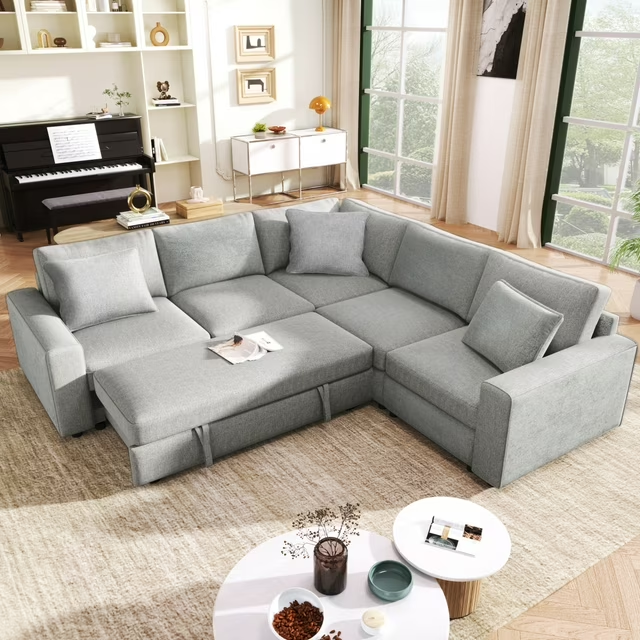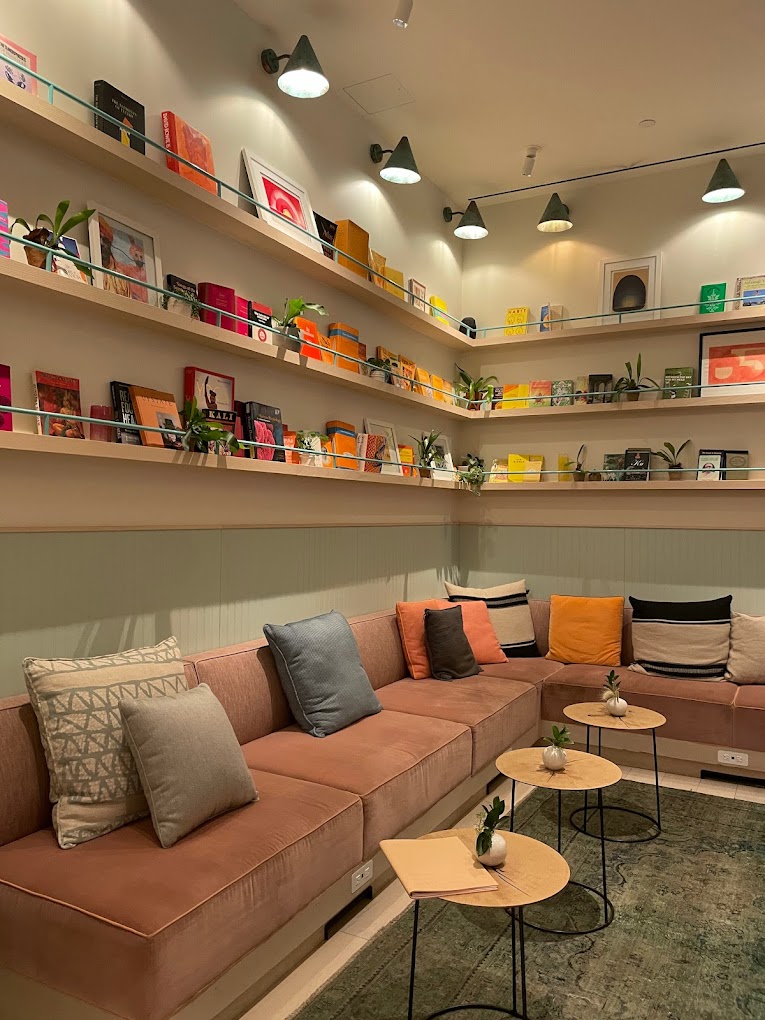Finding the ideal sized area rug to beautifully complement your dining table setup requires some careful calculations and planning. You’ll need to account for the dimensions of your specific table, standard chair sizes with adequate clearance, and your preferred rug placement and style.
Follow this comprehensive guide to identify the optimal rug size that will properly accent and anchor your dining space both visually and functionally.

Precisely Measure the Full Length and Width of Your Dining Table
- First, using a tape measure, carefully measure the total length and width of your dining table when chairs are tucked in.
- Be sure to account for any additional overhang space from the outer edges of wide aprons or table legs by including their full span in your measurements.
- For round dining tables, measure straight across the table at its widest spanning point.
- For oval or rectangular tables, measure lengthwise and across at the table’s widest points.
- Record the maximum length and width dimensions.
Factor in Standard Dimensions for Dining Chair Bases Plus Clearance
- The average dining room chair base spans approximately 24 inches wide.
- Around each chair base, allow for a minimum clearance of 2 feet from table edge to accommodate diners being comfortably seated and having space to get up without bumping table.
- Double check that 24 inches of chair width plus 2 feet of clearance suits your specific chairs when occupied. If not, adjust calculations accordingly.
Determine if You Want the Rug Under the Full Table or Just Around the Perimeter
- First decide if your goal is for the area rug to extend underneath the entire span of the dining table itself or just surround the outer perimeter of the table leaving the central floor area under the table exposed.
- Under table placement requires adding the full table length and width into the rug size calculations.
- Around table placement means you only need to account for increasing the overall perimeter dimensions as needed to allow adequate clearance around seated chairs.
Calculate the Minimum Rug Size Needed
- For an area rug placement fully underneath a standard dining table with chairs, the minimum adequate size would be:
[Your table length + an additional 2-4 feet length] x [Your table width + an additional 2-4 feet width]
- For a rug placement surrounding just the perimeter of the table and chairs, the minimum dimensions would be:
[Your table length + an additional 2 feet length] x [Your table width + an additional 4-6 feet width]

Consider Slightly Larger Sizing for Maximum Visual Appeal
- While the above calculations provide the functional minimum rug sizes, going slightly larger typically creates more pleasing proportions and visual impact.
- An oversized area rug helps define the space while allowing plenty of clearance from table and chairs. But too large can overwhelm a room.
- In most cases, increasing the minimum size by 12-18 inches in length and/or width provides an ideal dining rug size without dominating the space.
Choose a Rug Shape that Complements Your Table Style
- Common rug shapes like round, oval, square and rectangle can beautifully complement dining table settings.
- Matching the rug shape to echo the general lines and contours of your dining table often gives a more custom, cohesive look.
Mind Doorways, Entry Points and Traffic Lanes
- When selecting your optimal dining rug size, be sure adequate clearance is allowed around any doorways, main entry points or high traffic lanes to avoid tripping hazards.
Confirm Your Rug Meets Safety Standards and Durability Needs
- Verify rug materials and backing use non-slip finishes appropriate for dining room use.
- Select rug fabrics that are durable and easy to clean like polypropylene blends.
With careful planning and measurement, you can determine the perfect area rug size to suit your dining space functionally while providing design impact.










